
This project will allow students to monitor how land and water heat up and cool down at different rates using a remote temperature probe.
- Subject:
- Science
- Material Type:
- Activity/Lab
- Author:
- Carrie Robledo
- Date Added:
- 10/13/2020

This project will allow students to monitor how land and water heat up and cool down at different rates using a remote temperature probe.

This parent guide supports parents in helping their child at home with the 7th grade Science content.
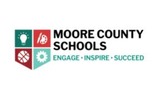
Students will plan a severe weather report using information learned about severe weather phenomena. They will use the iPads and green screens to plan and create their severe weather report. Students will let the general public know how such phenomena occur, how they should proceed and cautions to adhere to while the event is occuring.

This resource accompanies our Rethink 7th Grade Science course. It includes ideas for use, ways to support exceptional children, ways to extend learning, digital resources and tools, tips for supporting English Language Learners and students with visual and hearing impairments. There are also ideas for offline learning.
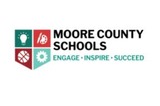
Students will use collected data from the weather station to describe and predict weather patterns. They will then create a weather report/forecast based on their data and predictions using the Ipad pretending to be the meteorologist.
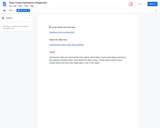
Reading and video on deep ocean exploration. The students then write a summary according to the directions.
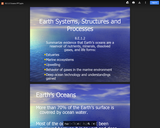
Slideshow on the 8th grade standard covering oceans
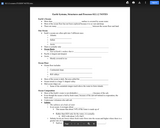
These are the guided notes that follow along with the Oceans slideshow for 8th grade science.
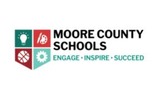
Students create a museum exhibit of the history of the Earth (including eras, fossil record, mass extinctions) using CoSpaces and view in VR with phones and goggles.
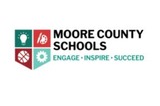
Students will create a CoSpaces presentation, that is enhanced with a Merge cube, about the different microbes that can interfere with the body’s functions (such as viruses, bacteria, fungi, and parasites).

This parent guide supports parents in helping their child at home with the 8th grade Science content.

This resource accompanies our Rethink 8th Grade Science course. It includes ideas for use, ways to support exceptional children, ways to extend learning, digital resources and tools, tips for supporting English Language Learners and students with visual and hearing impairments. There are also ideas for offline learning.

Outlines the cell cycle, recognizing mitosis as a part of asexual reproduction and the process for generating new body cells in multicellular organisms.

Identify cell organelles, explain how the structure of an organelle determines its function, and summarize how organelles work together to carry out the functions of the cell.

Analyze overall reactions including reactants and products for photosynthesis and respiration and factors which affect their rates. (pH, temperature, light, etc.) Conclude that energy production by organisms is vital for maintaining homeostasis and that maintenance of homeostasis is necessary for life.

Students will use a model of the solar system to demonstrate the barycenter that exists between the earth and the sun.

Students will use a model of the solar system to demonstrate rotation, revolution, kepler’s laws, Newton's laws, precession, nutation, seasons or tides.

This brief video describes the laws that govern gas properties (Boyle's Law, Charles' Law, and Avogadro's Law). Assessments for the student to complete after viewing the video and suggested supplemental resources are also included.
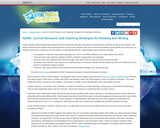
This article provides an overview of current research about attention deficit hyperactivity disorder as well as strategies to help students with ADHD with reading and writing.

Students view a video about viruses, how they infect, and how the body defends against them, then learn the basics about HIV. In an associated activity, students will create a card game to clarify the specific ways that HIV is transmitted.